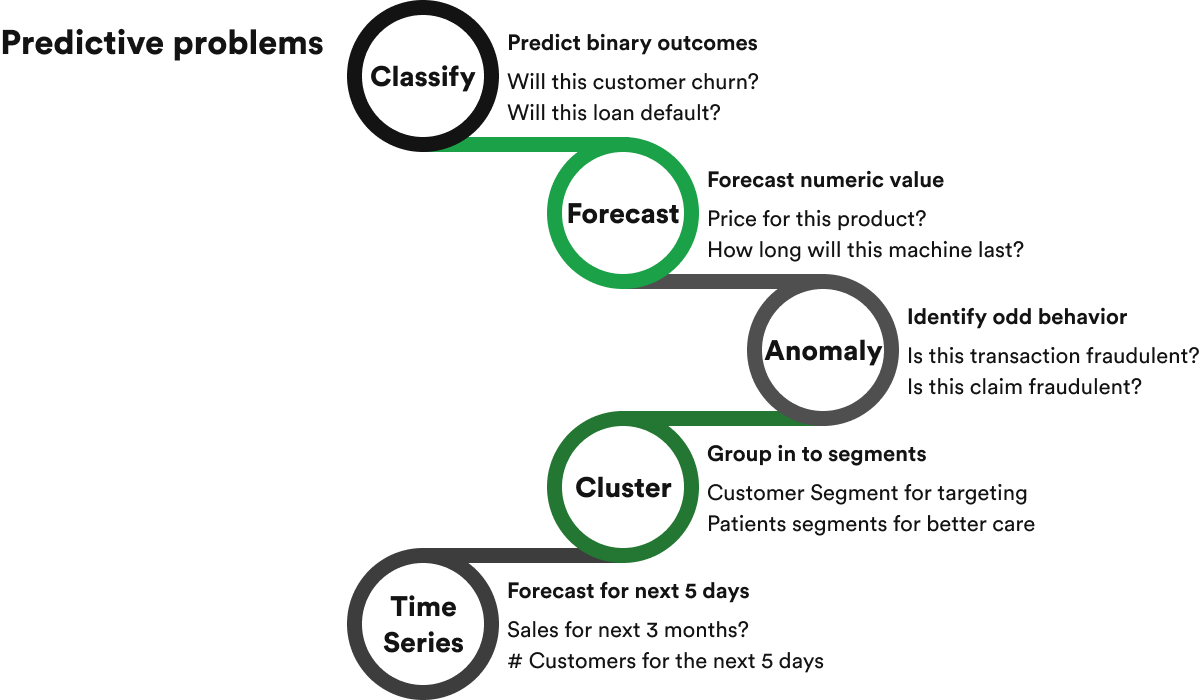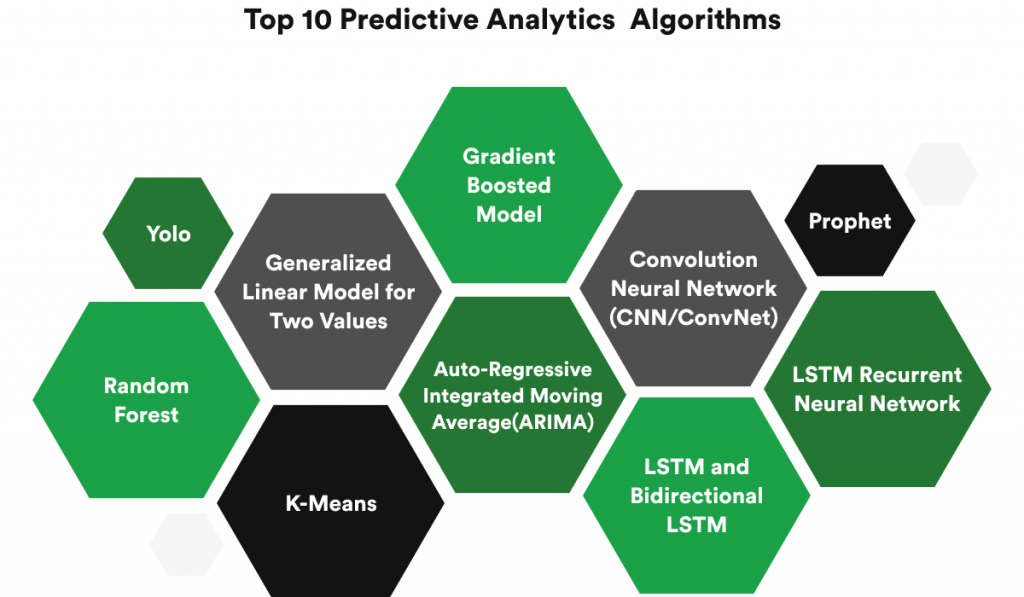While Predictive AI Modeling can serve a wide range of enterprises globally, specific industries are particularly transformable through its application.
For instance, marketing is a frontrunner when it comes to benefiting most from Predictive AI modeling. Simply put, by analyzing customers’ buying behaviors and past sales patterns, enterprises have the insight to direct their marketing strategies toward a suitable customer base at the right time and sell the right products or services at the right price.
This enhancement of marketing protocols is demonstrated in industries ranging from e-commerce and entertainment to education and healthcare.
Before the COVID-19 pandemic, supply chain management relied heavily on predictive AI modeling to predict demand and ensure minimal unnecessary expenditure for goods, services, or materials that may not be needed at a particular time or place.
A byproduct of the COVID-19 pandemic is that a significant chunk of old data does not accurately represent the current scenario. Therefore, there is a new and considerable emphasis on real-time analytics to mediate logistical complexities and maintain quality control.
While the nature of its application might ebb and flow in a volatile world, it’s all but certain that predictive AI modeling will shape the future of supply chain management.
The intuition of experienced professionals is a robust risk management tool. However, modern enterprises demand the rapid analysis of massive data volumes to assess risks. Therefore, predictive AI modeling is a better option.
More than just analyzing data for enterprises, predictive AI modeling can also filter the most important data based on quality or relevance. This approach helps risk management professionals extract from and thereby marry the speed of AI tools with the nuance of human comprehension.
As modern enterprises move deeper into digital realms, so do their challenges.
Cybersecurity is essential to most industries now to fight against potentially existential threats. Cutting-edge predictive AI models are arguably the most effective tools to fortify digital enterprises, their data libraries, and stakeholders.
Amongst the many uses of predictive analytics in cybersecurity is the ability to identify unusual online behavior of both employees and end-users. These security tools can also detect websites and apps that are possibly malicious and, perhaps most essentially, guard the invaluable data and intellectual property vaults of organizations against constantly evolving malware.






